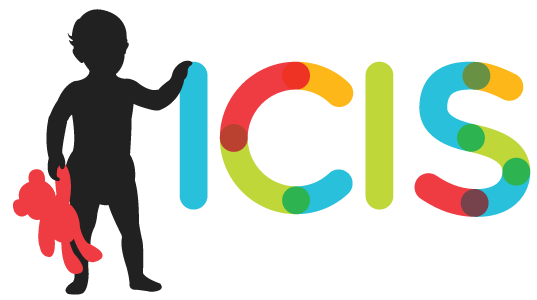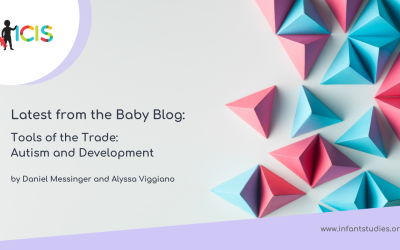by Daniel Messinger and Alyssa Viggiano(Jointly authored; written from Daniel’s perspective) Autism is a common and sometimes debilitating neurodevelopmental disorder whose symptoms typically emerge in the first three years of life. By focusing on three areas of...
Tools of the Trade
ICIS Webinar Recap: Cutting-Edge Approaches in Developmental EEG
Developmental electroencephalography (EEG) is a constantly evolving field with researchers actively exploring cutting-edge approaches to studying brain development. One novel approach involves looking at live, naturalistic interactions by measuring changes in an...
Translating Research to Practice and Policy
by Ron Seifer Most of us in ICIS conduct basic behavioral research. Many of us aspire to see our research have impact beyond the community of those who read reports in scientific journals. Becoming effective in translating research into practice and/or...
What do our participants really see during unmoderated remote studies?
by David Tompkins When labs and universities shut down for the COVID-19 pandemic, researchers flocked to remote methods to keep their research moving. For many infant researchers, this meant employing unmoderated looking time experiments through...
Growing up in developmental cascades: A trainee perspective
by Joshua L. Schneider and Kelsey L. West The theoretical framework of developmental cascades has taken a firm foothold among infancy researchers. Indeed, it was the theme of this year’s ICIS meeting with not one, but two presidential addresses (Lisa...
Communication Beyond the Ivory Tower: Making Developmental Science Accessible to the Public
by Hallie Garrison Why get involved in outreach Developmental science has the potential to positively impact the lives of children and families by informing policymakers and practitioners. However, researchers, policymakers, and practitioners tend to be...



